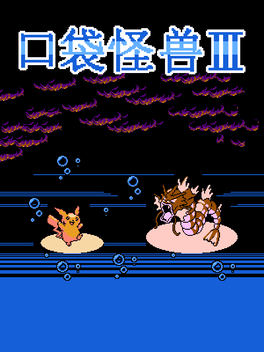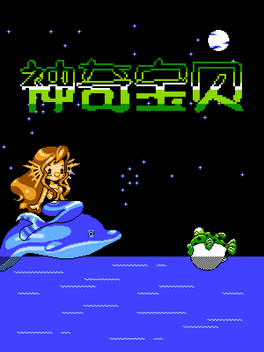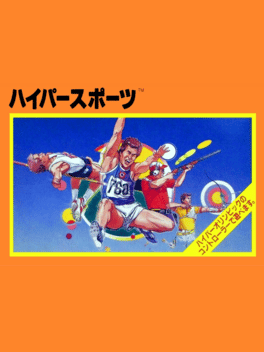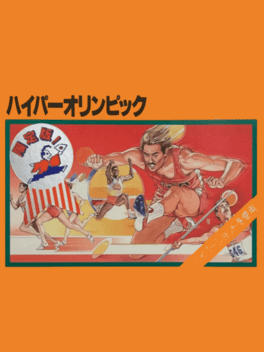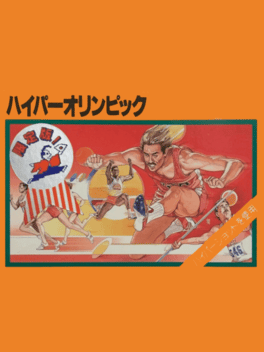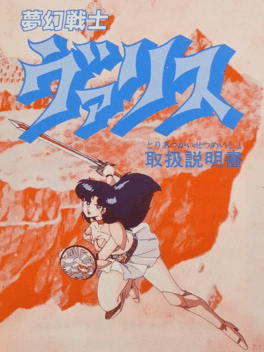Most Popular Family Computer Games - Page 11
-
Kou Dai Guai Shou III
A NES demake for the GBA game Pokémon Sapphire Version. This game is the third installment of a triple pack of games, covering the content from right after the Team Aqua Hideout in Lilycove City up to the Pokémon League. This game also features a Battle Tower for those searching a challenge. -
Kou Dai Guai Shou II
A NES demake for the GBA game Pokémon Sapphire Version. This game is the second installment of a triple pack of games, covering the content from the fourth gym to Team Aqua's Hideout in Lilycove City. -
Kou Dai Guai Shou
A NES demake for the GBA game Pokémon Sapphire Version. This game is the first installment of a triple pack of games, covering the content from the beginning up to the fourth gym. -
Hyper Sports
1985
Hyper Sports
1985
Hyper Sports is the Famicom port of the arcade original. This port notably uses the international title as Konami's Olympic video game licensee was up a year after the Olympic Games Los Angeles 1984 happened. -
Hyper Olympic: Gentei-ban!
A special edition of the game Hyper Olympic (Famicom), replacing some sprites. -
Hyper Olympic
1985
Hyper Olympic
1985
The original Famicom version of Track & Field is very different from the version released internationally. It has less events and is programmed to use special controllers in a way to simulate the arcade game. -
Russia
2005
Russia
2005
Russia is an unlicensed puzzle game for the NES that is found in unlicensed plug and plug systems. The game is a clone of Tetris. -
Mugen Senshi Valis: The Fantasm Soldier
1987
The Famicom port follows the same basic story, but instead of a series of separate stages, all of Vecanti is now one big, interconnected world. The gameplay differs considerably from the other versions, being more akin to a side-scrolling action role-playing game. It is a more difficult game due to its larger maze-style levels with multiple paths, and a lack of a password or save feature. -
Baseball
2005
-
Triple
2005
-
Star
2003
-
Horrible Area
2005
-
Desert Gunman
2005
-
Guard Farm
2005
-
Police Skill
2005
-
Huarongdao
2005
-
Boxing Wrestle
2004
